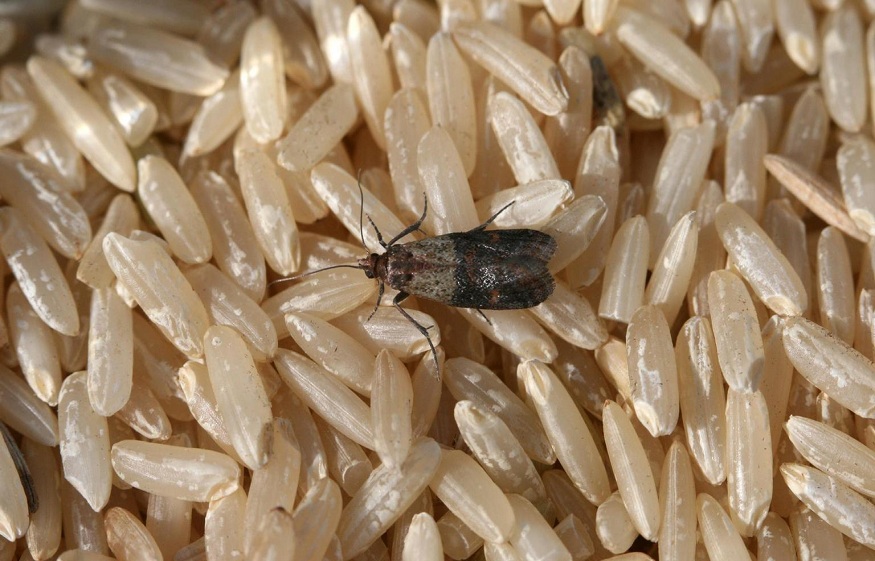Pest issues are one of the most shared complaints among Indianapolis homeowners, and with the city’s four very defined seasons and mix of urban and suburban neighbourhoods, it’s easy to understand why. From chilly winters that send bugs seeking warmth inside to sticky summers that make infestations thrive, it’s crucial to address what you’re dealing with before it mushrooms into something more serious. Below, a guide to the top 10 household pests in Indianapolis, including how Pointe Pest identify them before they overtake your home.
House Mice
House mice are among the most frequent Indianapolis pests inside homes, particularly during colder months. These small animals are typically light gray or brown in color with large ears and long, bald tails. You might find their small tiny droppings, hear them scurrying in walls or ceilings or see gnawed food packaging. Mice breed quickly, so catching it early is key to preventing a full-blown infestation.
Norway Rats
Bigger and bolder than mice, Norway rats may take up residence in basements, crawlspaces and sheds outdoors. They’ve got shaggy brown fur and a blunt snout, short tails compared to their bodies. The presence of greasy rub marks on walls, burrow holes outside of the house, gnaw marks, and larger droppings (approximately ¾ of an inch long) are all signs of a Norway rat problem. These rats are particularly bad when it comes to older buildings or sewer lines.
German Cockroaches
The German cockroach is a small, light brown or tan insect with two dark stripes on the back. Commonly found in kitchens and bathrooms, they like warm, damp conditions and can spread quickly. You may notice them scattering if you turn on a light at night. Signs of infestations include the presence of fecal droppings (similar in size to ground pepper), discarded skins and an unpleasant musty odor.
Ants (Odorous House Ants)
There’s no doubt that ants are a frequent nuisance in Indy from spring through summer. They usually invade homes looking for food and can usually be found crawling along baseboards or countertops. These ants are insidious and won’t be exterminated by off-the-shelf sprays alone.
Spiders
Though most spiders aren’t harmful, some, such as the brown recluse, are highly dangerous. House spiders are typically tan or gray, and build webs in corners and basements. The brown recluse spider, by contrast, is light brown and has a violin-shaped mark on its back. They like dark, quiet places such as attics and closets. Brown recluse bites can result in tissue damage and should be addressed medically.
Termites
Subterranean termites are a very real concern for central Indiana. These destructive creatures make a meal out of wood, and may be silently, systematically undermining the structure of your home. Termites are pear-shaped and soft-bodied, and this makes it hard to notice them until significant damage has occurred. Seek for signs like mud tubes on your foundation, hollow wood, or wings left behind near windows.
Carpenter Ants
Carpenter Ants are frequently mistaken for termites, but is not white ant and is significantly larger (¼ to ½ inch) and black or dark red in color. Unlike termites, they don’t eat wood, but dig it out to make their nests, which may weaken wooden structures.
Fleas
Fleas are very small, reddish brown insects that live on pets and are known for infesting carpets and furniture. They are also known for their hopping ability, which can make them hard to see. If you or your pets are suffering from some itchy bites, particularly around the ankles or lower legs, then it may be fleas. In Indianapolis, businesses that have flea problems have a big issue in the summer and fall.
Silverfish
They are frequently discovered in dark and damp areas, such as basements, bathrooms and kitchens. Silverfish eat paper, glue, and cloth and while they aren’t dangerous, infestations can indicate an excess of moisture in the home.
Wasps
They commonly establish nests along eaves, in attics and beneath the earth. You can tell them by their slender waists, sleek bodies and painful stingers. Nests near doorways and windows can be dangerous for both you and your pet!

